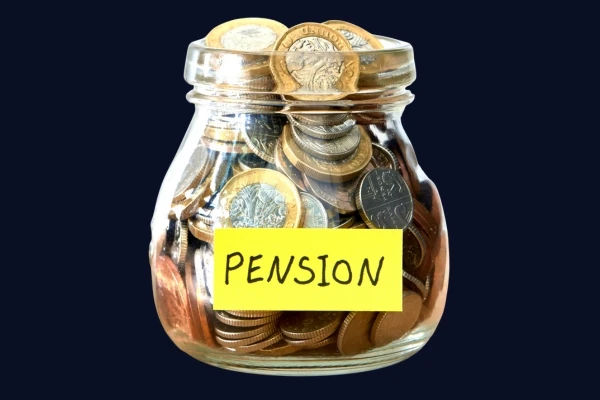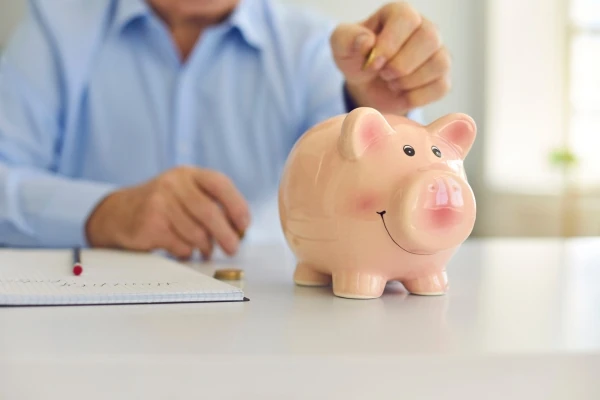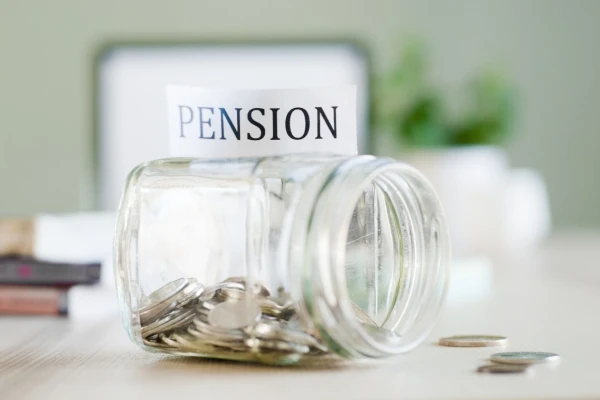Who Pays Pension Contributions?
Pension contributions in the UK typically come from three places: you (the member), your employer, and the government through tax relief. Together, these build up your retirement savings over time.
Employees:
If you’re employed, you usually pay a set percentage of your qualifying earnings into your workplace pension each pay period. This is automatically deducted from your salary, often before tax, so you benefit from immediate tax relief.
Employers:
Employers are legally required to pay into your workplace pension if you’re enrolled under automatic enrolment. They must contribute at least the minimum legal amount, but some employers pay more as part of your benefits package.
Government:
When you make pension contributions, the government tops them up through tax relief. For most workplace and personal pensions:
- Basic rate (20%) tax relief is usually added automatically by your pension provider.
- If you’re a higher or additional rate taxpayer, you can claim extra tax relief through your Self Assessment tax return.
Self-Employed & Personal Pensions:
If you’re self-employed or want to save more, you can make your own contributions into a personal pension or Self-Invested Personal Pension (SIPP). You’ll still get basic rate tax relief added to what you pay in, and you can claim any extra relief if you’re entitled.
By understanding who pays into your pension and how tax relief works you can make sure you’re not missing out on extra savings for retirement.










